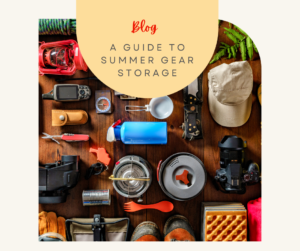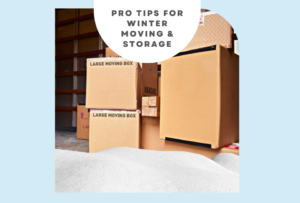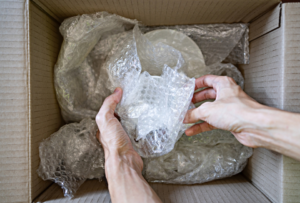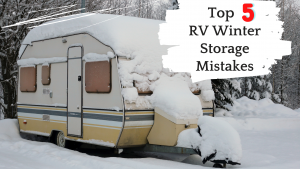A Guide To Summer Gear Storage

A Guide to Summer Gear Storage
As the sun-soaked days of summer fade on the horizon, they leave behind the simple joy of outdoor
pursuits, from pedaling along scenic trails, to setting up camp, or gliding gracefully atop shimmering
waters—summer gifts us with a multitude of cherished experiences.
Whether you are a biker, camper, or paddler, summer gives us great pleasure. All these wonderful
activities lead to an accumulation of outdoor gear. What is your plan for storing it during the off-season?
In this guide, we delve into preserving these cherished adventures—cleaning, organizing, and storing
your summer gear. It’s a journey that involves not just safeguarding your possessions but also ensuring
that the magic of summer continues for years to come.
Summer Gear Storage Tips:
1. Clean Your Equipment
After every summer adventure, it’s essential to clean your equipment thoroughly. Use warm water and
mild soap to cleanse your gear, including tents and sleeping bags. Removing any dirt and ensuring
they are completely dry before storage is vital, particularly for preventing mold and mildew.
2. Choose the Right Storage Containers
Long-term storage of tents and sleeping bags should be in breathable mesh bags or cotton bags like old
pillowcases. Loosely fold these items for long-term storage instead of tightly rolling them. This allows
airflow, preventing mold and mildew growth. Remember, compressing a sleeping bag for extended
periods can damage its fill.
3. Organize Smaller Items
Store smaller items like flashlights, matches, eating utensils, plates, cookware, and more in clear storage
containers. This way, you can easily identify and access them when needed.
4. Organize Water Gear
Choose a large container to hold wetsuits, life jackets, water shoes, and other water gear. This ensures
they are kept together and protected during the off-season.
5. Follow Manufacturer Recommendations for Watercraft Storage
Store paddle boards, canoes and kayaks indoors so the winter weather will not degrade fiberglass,
plastic, fabric or specially-coated wood hulls.

Pro Tip: keep a checklist stored with your equipment so you don’t forget anything for your camping
trips. Your list should include all items you will typically want to bring along.
Many of our clients store their summer gear in the garage or a spare closet so they can quickly pack up
the car for a weekend getaway. But if these items are filling your halls and other living spaces self
storage is an option that comes in many sizes to accommodate these items in the colder months.
Call us now at Lacombe Storage where we prioritize your storage needs — 1-855-795-8584






 Get your RV ready to hibernate for the winter and get back on the road sooner come spring with these helpful tips.
Get your RV ready to hibernate for the winter and get back on the road sooner come spring with these helpful tips. 




